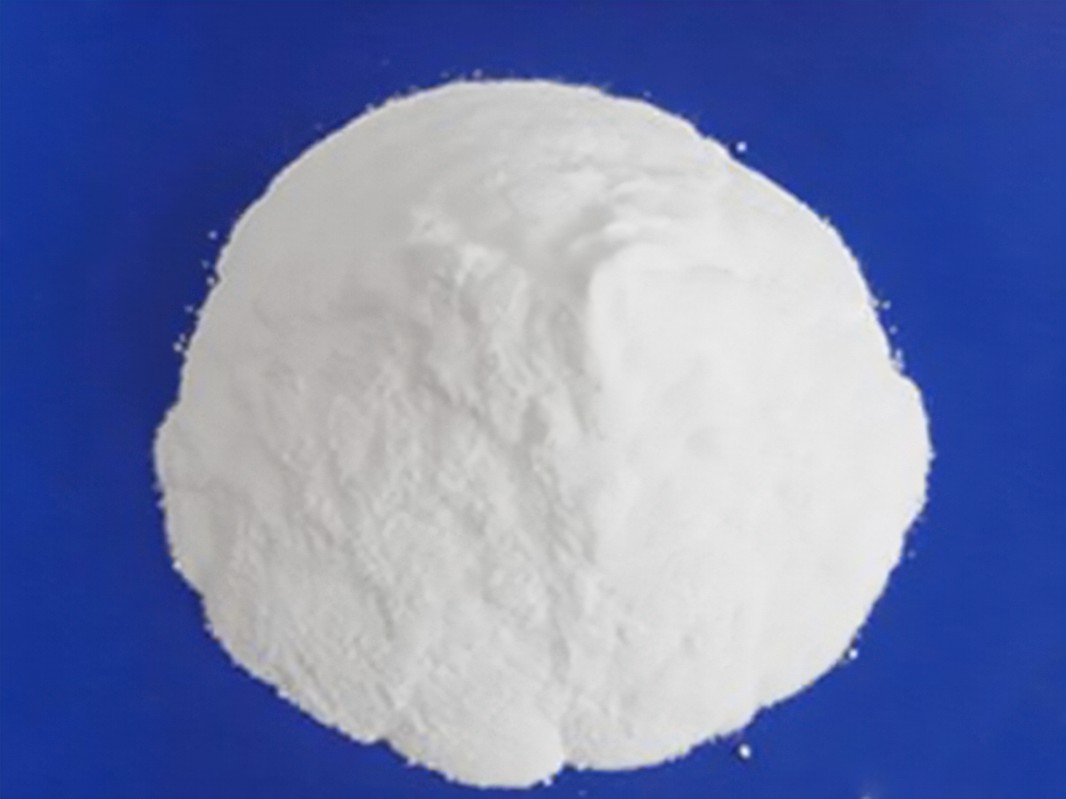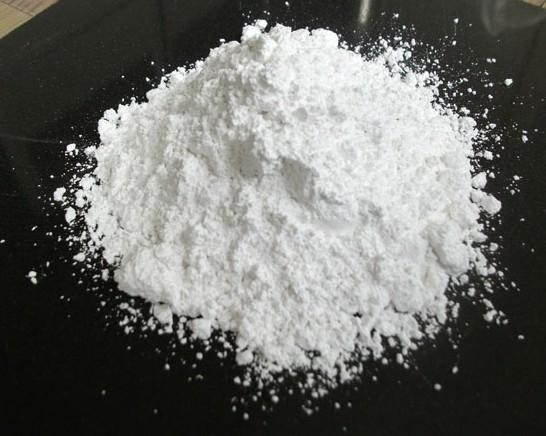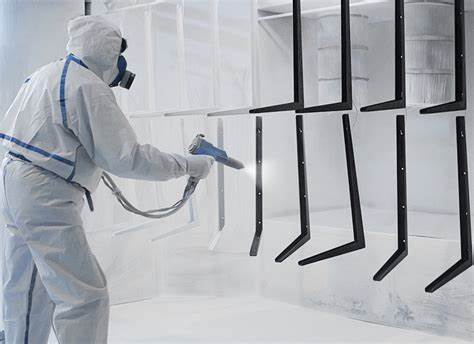Application of calcium carbonate in coating industry
May 29, 2024, 11:58 AM
5822
Calcium carbonate is a non-toxic, odorless, non-irritating white powder and one of the most versatile inorganic fillers.
Calcium carbonate is a non-toxic, odorless, non-irritating white powder and one of the most versatile inorganic fillers. Calcium carbonate is neutral, basically insoluble in water, soluble in acid. According to the different production methods of calcium carbonate, calcium carbonate can be divided into heavy calcium carbonate, light calcium carbonate, colloidal calcium carbonate and crystalline calcium carbonate. Calcium carbonate is a common substance on earth, which exists in aragonite, calcite, chalk, limestone, marble, travertine and other rocks, and is also the main component of animal bones or shells. Calcium carbonate is an important building material and is widely used in industry.
![Calcium carbonate Calcium carbonate]()
Application of calcium carbonate in latex paint
1. The role of heavy calcium
(1) As an extender pigment, it has a filling effect, making it fine, uniform and high in whiteness.
(2) It has a certain dry covering power. Generally, ultra-fine products are used. When the particle size is close to the particle size of titanium dioxide, the covering effect of titanium dioxide can be improved.
(3) It can improve the strength, water resistance, dryness and scrub resistance of the paint film.
(4) Improve color retention.
(5) Reduce the cost, the usage is 10%~50%. Disadvantages: high density and easy precipitation, the usage amount should not be too large.
2. The role of light calcium
(1) As an extender pigment, it has a filling effect, is delicate, and increases whiteness.
(2) Has a certain dry covering power.
(3) The density is small, the specific surface area is large, and it has a certain degree of suspension, which plays an anti-settling effect.
(4) Reduce costs.
(5) Increase the feel. Disadvantages: It is easy to white frost, swell and thicken. The usage amount should not be too large, and it cannot be used in exterior wall coatings.
![coasting coasting]()
Application of Calcium Carbonate in Powder Coatings
(1) It can be used as a filler for high-gloss coating products.
(2) Semi-gloss coating products can generally be prepared by adding calcium carbonate directly, without adding a matting agent, saving costs.
(3) It is a white inorganic pigment and can be used in conjunction with titanium dioxide to reduce costs.
(4) Compared with other fillers, calcium carbonate is most suitable for some environmentally friendly products that require low heavy metal content, such as children's toys, strollers, etc.
(5) It can improve the powder coating rate and spraying area, especially when used in mixed powder.
(6) If outdoor weather resistance is required, it cannot be used as filler.
(7) Due to its high oil absorption, it is easy to cause orange peel on the surface of the paint film. At this time, a little hydrogenated castor oil can be added to the base material.
(8) It acts as a skeleton, which can increase the thickness of the paint film and improve the wear resistance and durability of the coating.
Application of calcium carbonate in wood coatings
(1) Used as a filler for colored primers to reduce costs.
(2) Increase the film strength and wear resistance.
(3) Light calcium has a little thickening effect, is easy to thixotrope, and has good anti-settling properties.
(4) Heavy calcium reduces the sandability in the paint film, and is easy to precipitate in the tank. Pay attention to strengthening the anti-settling property.
(5) Improve the gloss, dryness and whitening of the paint film.
(6) Not suitable for use with alkali-resistant pigments and fillers.
![powder coasting powder coasting]()
Application of calcium carbonate in automotive paint
Ultrafine calcium carbonate with a particle size of less than 80nm is used for anti-stone chipping coatings and topcoats for automobile chassis due to its good thixotropy. .
Application of calcium carbonate in ink
Ultrafine calcium carbonate is used in ink, showing excellent dispersibility, transparency, excellent gloss and hiding power, as well as excellent ink adsorption and drying. It must be activated and the crystal form is spherical or cubic.

1. The role of heavy calcium
(1) As an extender pigment, it has a filling effect, making it fine, uniform and high in whiteness.
(2) It has a certain dry covering power. Generally, ultra-fine products are used. When the particle size is close to the particle size of titanium dioxide, the covering effect of titanium dioxide can be improved.
(3) It can improve the strength, water resistance, dryness and scrub resistance of the paint film.
(4) Improve color retention.
(5) Reduce the cost, the usage is 10%~50%. Disadvantages: high density and easy precipitation, the usage amount should not be too large.
2. The role of light calcium
(1) As an extender pigment, it has a filling effect, is delicate, and increases whiteness.
(2) Has a certain dry covering power.
(3) The density is small, the specific surface area is large, and it has a certain degree of suspension, which plays an anti-settling effect.
(4) Reduce costs.
(5) Increase the feel. Disadvantages: It is easy to white frost, swell and thicken. The usage amount should not be too large, and it cannot be used in exterior wall coatings.

(1) It can be used as a filler for high-gloss coating products.
(2) Semi-gloss coating products can generally be prepared by adding calcium carbonate directly, without adding a matting agent, saving costs.
(3) It is a white inorganic pigment and can be used in conjunction with titanium dioxide to reduce costs.
(4) Compared with other fillers, calcium carbonate is most suitable for some environmentally friendly products that require low heavy metal content, such as children's toys, strollers, etc.
(5) It can improve the powder coating rate and spraying area, especially when used in mixed powder.
(6) If outdoor weather resistance is required, it cannot be used as filler.
(7) Due to its high oil absorption, it is easy to cause orange peel on the surface of the paint film. At this time, a little hydrogenated castor oil can be added to the base material.
(8) It acts as a skeleton, which can increase the thickness of the paint film and improve the wear resistance and durability of the coating.
Application of calcium carbonate in wood coatings
(1) Used as a filler for colored primers to reduce costs.
(2) Increase the film strength and wear resistance.
(3) Light calcium has a little thickening effect, is easy to thixotrope, and has good anti-settling properties.
(4) Heavy calcium reduces the sandability in the paint film, and is easy to precipitate in the tank. Pay attention to strengthening the anti-settling property.
(5) Improve the gloss, dryness and whitening of the paint film.
(6) Not suitable for use with alkali-resistant pigments and fillers.

Ultrafine calcium carbonate with a particle size of less than 80nm is used for anti-stone chipping coatings and topcoats for automobile chassis due to its good thixotropy. .
Application of calcium carbonate in ink
Ultrafine calcium carbonate is used in ink, showing excellent dispersibility, transparency, excellent gloss and hiding power, as well as excellent ink adsorption and drying. It must be activated and the crystal form is spherical or cubic.
Recommended for you
- Up to 1,200V, 720kW Capability in China-made EV Charging Stations247
- 20 Best-selling Products for the Christmas and New Year Holiday Season362
- Hu Kun, Vice President of LLDD, Visited the Embassy of Kazakhstan in Singapore7014
- Liu Zhai, Senior Vice President of IBI, was Invited to Participate in the 2024 Modern Logistics and Supply Chain Industry-Finance Cooperation Ecological Conference and Hami City Modern Logistics High-Quality Development Conference7051
- LLDD of IBI Went to Ningxia Logistics Group for Inspection and Exchange9813
July 23, 2024, 4:54 PM





